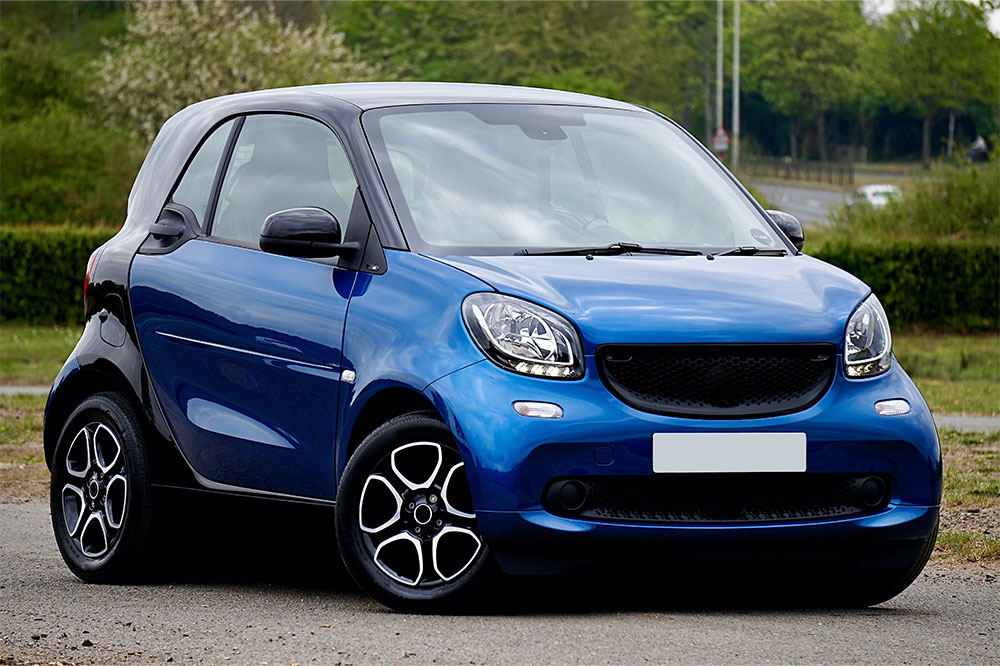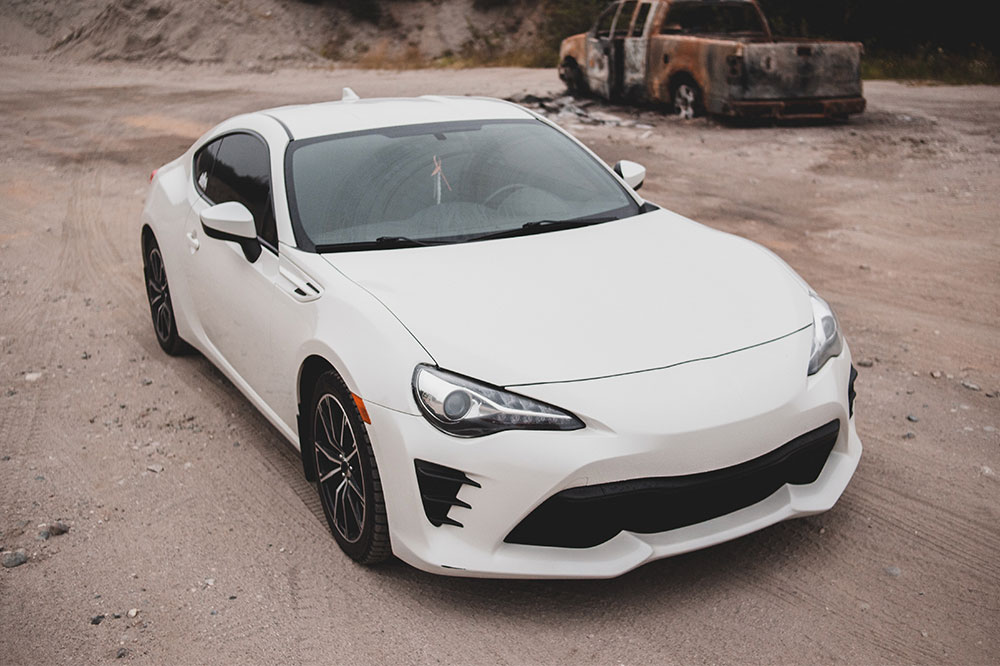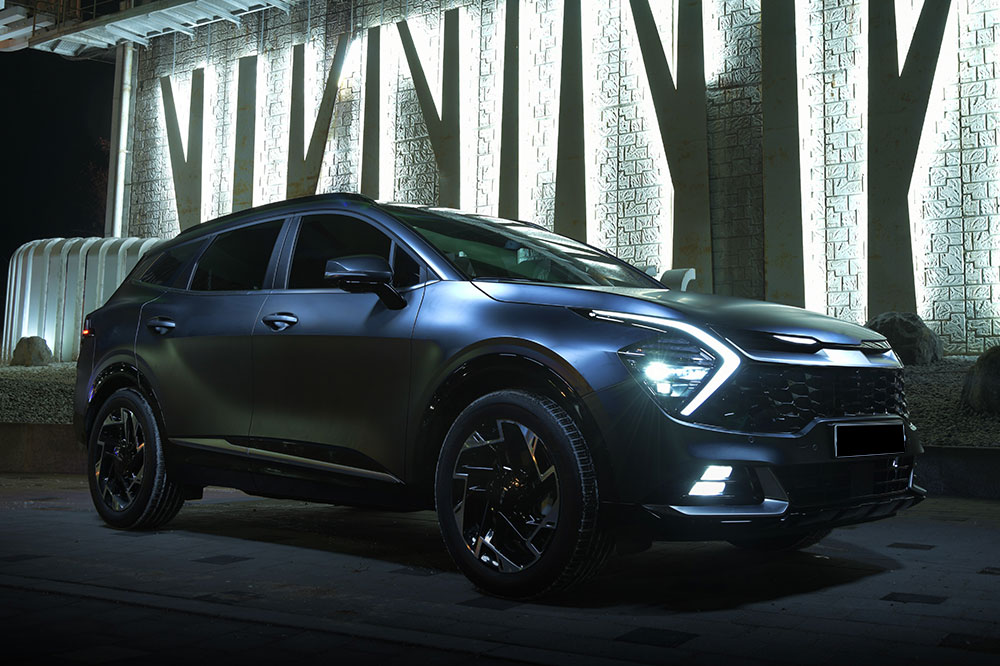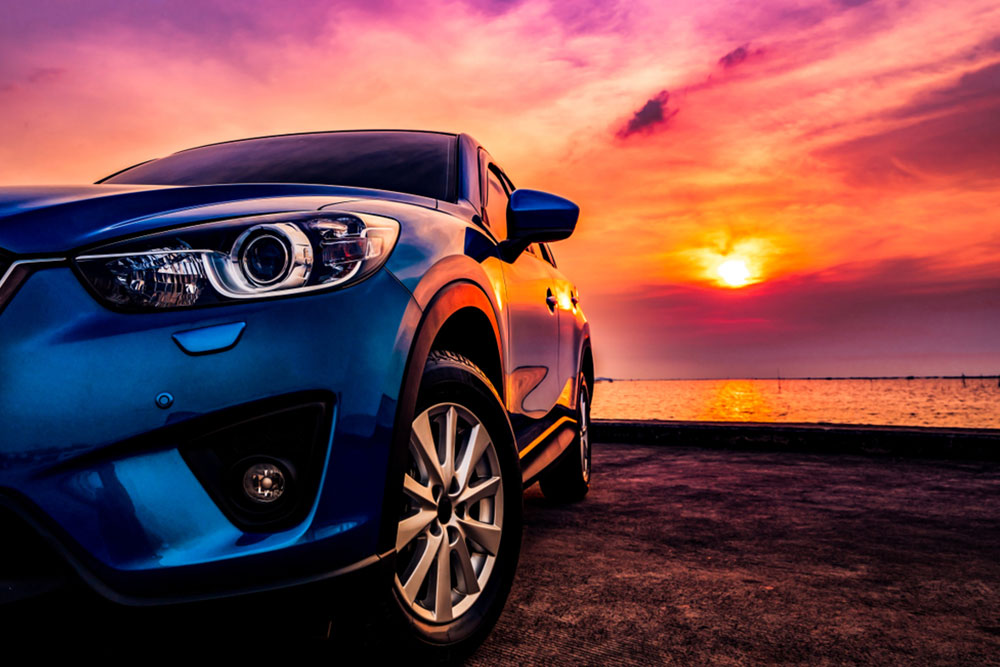Essential Insights into the Smart Fortwo Compact Car
Discover the key features of the Smart Fortwo, a compact urban vehicle designed for city driving. This review covers models, performance, safety, and practicality, helping buyers make informed decisions about this stylish two-seater. Perfect for navigating tight spaces, the Fortwo balances maneuverability with moderate fuel efficiency, making it an ideal choice for urban lifestyles despite some limitations.
Sponsored

The Smart Fortwo stands out as a distinctive and stylish urban vehicle designed for city drivers seeking ease and efficiency. Measuring just over eight feet in length, this compact car excels at maneuvering through tight spaces and crowded streets. While its small size offers advantages, such as parking ease, there are limitations to consider. This comprehensive review highlights key aspects for prospective buyers, including vehicle variants, performance, fuel efficiency, safety, and overall usability.
Models and Design
The Smart Fortwo is available in two main versions: coupe and cabriolet. The coupe features a fixed roof, while the cabriolet offers a retractable soft top. Both share similar configurations, with the cabriolet boasting enhanced structural elements like additional bracing beneath the slimmer B-pillar, ensuring safety and stability.
Under the hood, the Fortwo is tailored for urban commuting, featuring a compact yet efficient engine. The vehicle is equipped with an 898cc three-cylinder engine producing 89 horsepower and 100 lb-ft of torque. Initially, a five-speed automated manual transmission was used, which some found less refined. Later models improved this with a six-speed automatic dual-clutch transmission, offering smoother rides and quicker acceleration, achieving 0-60 mph in approximately 9.9 seconds.
Despite its small footprint, the Fortwo offers moderate fuel economy—about 34 mpg combined with manual transmission and around 35 mpg with automatic. The electric version is available in select markets, although its 58-mile range limits its practicality compared to rivals.
In terms of safety, no official crash ratings are available from the NHTSA, but the IIHS rated its predecessor positively in crash tests. The vehicle appeals to urban dwellers seeking a stylish, upscale ride for short city trips. However, its limited passenger capacity and modest fuel efficiency make it less suitable for open-road adventures or long-distance travel. Its revised powertrain enhances comfort, yet vibrations during idle and start-stop modes can be noticeable. Overall, the Fortwo remains a clever choice for city enthusiasts, despite market decline driven by its limited range and seating.






